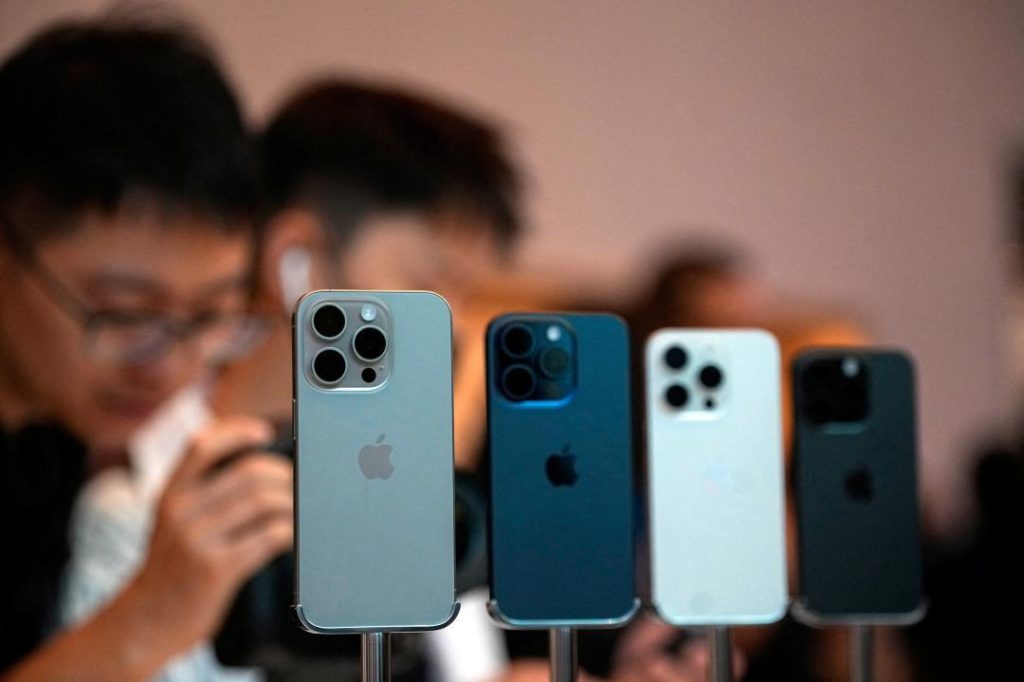
How much does it cost to make an iPhone & how may it change due to US tariffs?
The cost of making an iPhone is a closely guarded secret, but a recent report has shed some light on the manufacturing expenses involved in producing one of the most popular smartphones in the world. According to a report by Moneycontrol, Apple spends around $580 (over ₹50,000) to make a 256GB iPhone 16 Pro. This cost breakdown is a fascinating look into the components that go into making an iPhone, and how US tariffs could impact the final cost of the device.
The cost of individual components
The report estimates that the A18 Pro chip, which is the brain of the iPhone, costs Apple $90.85 (around ₹7,600). This is a significant portion of the overall cost of the device, and it’s no surprise that Apple is rumored to be investing heavily in research and development to improve the performance and power efficiency of its chips.
The rear camera system, which is a major selling point for many iPhone users, costs Apple $126.95 (around ₹10,600). This is likely due to the high-quality sensors and lenses used in the camera, as well as the complex software that powers the camera app.
The display, which is another critical component of the iPhone, costs Apple $37.97 (around ₹3,100). This is a relatively low cost compared to the other components, but it’s still a significant expense.
The impact of US tariffs
One of the biggest risks to the iPhone’s manufacturing cost is the ongoing trade war between the US and China. Since many iPhones are assembled in China, US tariffs would apply to the entire manufacturing cost of the device. Currently, the US has imposed a 54% tariff on Chinese goods, which would raise the cost of making an iPhone to around $847 (around ₹73,400).
This would have a significant impact on Apple’s bottom line, as well as the prices that consumers pay for the device. Apple has been vocal about its opposition to tariffs, and has even taken steps to mitigate the impact of tariffs by shifting some of its manufacturing to other countries. However, it’s unclear whether this would be enough to offset the impact of tariffs on the company’s profits.
The impact on consumers
If tariffs are imposed on iPhones, it’s likely that consumers would see a significant increase in the price of the device. This could have a range of consequences, from making the iPhone less competitive in the market to reducing demand for the device.
However, it’s worth noting that Apple is a global company with a presence in many countries, and it’s possible that the company could absorb some of the cost of tariffs by reducing its profit margins or passing the cost on to consumers in other countries.
Conclusion
The cost of making an iPhone is a complex and multifaceted issue, and it’s clear that tariffs could have a significant impact on the device’s manufacturing cost. While it’s impossible to predict exactly how tariffs would affect the cost of the iPhone, it’s clear that Apple would need to take steps to mitigate the impact of tariffs on its profits.
Ultimately, the cost of making an iPhone is just one part of the equation. The real question is what this means for consumers, and whether the increased cost of the device would be justified by its features and performance. Only time will tell, but for now, it’s clear that tariffs could have a significant impact on the iPhone’s manufacturing cost.
Source:



